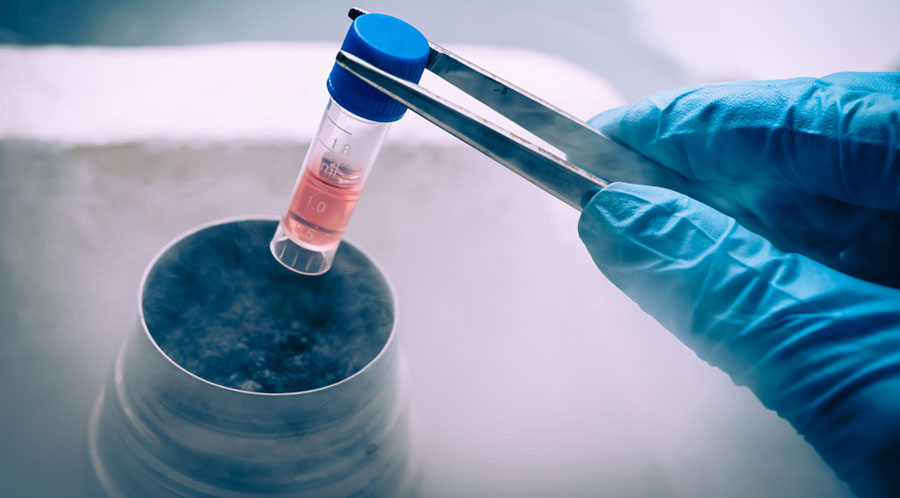
Embryos may stay after an IVF treatment. This will be kept frozen to use in future IVF treatments, if the quality is great. Sound embryos can be put away in the facility’s or office’s sperm/embryo bank for up to ten years. This can be either utilized for a similar couple for the following imagining or for another couple. Before utilizing them, there will be tests led to check if the embryos are sufficiently solid for an effective pregnancy.
The FET process
A FET cycle typically starts with estrogen supplement to build the uterine lining. After a stipulated time period on estrogen therapy, you will again undergo a a transvaginal ultrasound for endometrial thickness. If the thickness of the endometrium is achieved with good vascularity progesterone supplememtation is satred and will be informed about the date when you will have to come for embryo transfer. Progesterone and Estrogen will continue after the transfer and throughout until the pregnancy test. The entire FET cycle takes about 6 to 8 weeks.
Genetic testing of embryos
Once we have created embryos through in vitro fertilization (IVF), you have two different types of preimplantation testing you can choose to look for chromosomal abnormalities or specific problems within the embryos. These two types of testing are:
- Preimplantation Genetic Diagnosis
- Preimplantation Genetic Screening
Preimplantation genetic diagnosis (PGD)
Our fertility specialist may recommend a genetic diagnosis of embryos known as preimplantation genetic diagnosis (PGD) to see if you or your partner are at the risk of transferring certain genetic disorders such as myotonic muscular dystrophy, cystic fibrosis or fragile X syndrome to your offspring. PGD is also recommended to patients with infertility due to chromosomal abnormalities such as repeated unsuccessful IVF cycles or recurrent pregnancy loss.
What happens in PGD?
What happens in PGD?
- An embryologist will take a cell group biopsy from each embryo.
- These cells are analyzed in a genetic testing laboratory in order to determine if these cells are affected with the genetic disorder you are carrying.
- The blastocysts are cryopreserved until the results of the analysis are available.
- Then the unaffected embryos that are normal are thawed and used for ET.
- The physician can transfer one or more of these embryos to the uterus in a subsequent frozen embryo transfer (FET) cycle.
Preimplantation Genetic Screening (PGS)
PGS is a technique which is used in addition to PGD to identify embryos at risk. It looks for abnormalities in your chromosomes. Here, an embryo biopsy is taken and all 24 chromosomes are examined before embryo transfer. For example, trisomy 21 (an extra copy of chromosome 21) can cause Down Syndrome. PGS looks at improving your pregnancy by screening embryos for chromosomal abnormalities.
